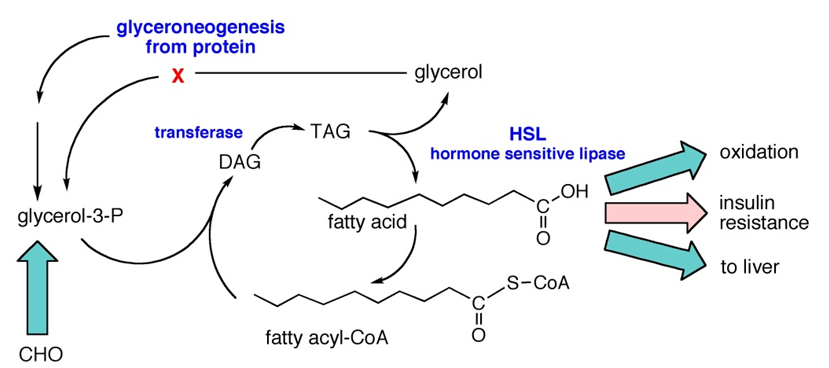What is Total Fatty Acids Analysis
Total Fatty Acids Analysis is a method used to measure the total fatty acid content in a sample. It involves the extraction, separation, and quantification of all fatty acids in the sample, including saturated fatty acids, unsaturated fatty acids, and other fatty acid categories. Total fatty acid analysis is a routine procedure in many fields, including personalized medicine for individual lipid profiling, food analysis, and optimization of oil production in biotechnology. This analysis allows you to determine the types and concentrations of fatty acids in lipid samples. Typically, this is achieved by converting the fatty acyl chains of intact lipids into fatty acid methyl esters (FAME) and detecting them through gas chromatography (GC)-based methods.

Total Fatty Acids Analysis Method
The Flame Ionization Detector (FID) method was previously used by many lipid analysts to measure Fatty Acid Methyl Ester (FAME) separated by GC. While FID has been a useful tool for FAME determination, its lack of selectivity can limit its utility when dealing with complex samples. This is because FID can only provide instrument response and retention time information. Consequently, the potential for misidentifying FAME in the presence of contaminants, artifacts, or coeluting compounds remains a concern when using FID. To address this limitation, efforts have been made to enhance the utility of retention time for FAME identification through techniques like retention time locking, retention time prediction, and the correlation of retention time with FAME equivalent chain lengths. However, FAME identities obtained through such methods are generally considered tentative. As a result, FID analysis of complex biological extracts may prove insufficient in some situations, especially for FAME compounds with relatively low abundance.
A comprehensive comparison of FID vs. Mass Spectrometry (MS) in quantifying FAME separated by GC has not been conducted since the work of Koza et al. in 1989. In their study, scientists compared FID response factors of FAME with those obtained using Electron Ionization (EI) in quadrupole and sector-type MS. However, they only examined seven FAME compounds, none of which were polyunsaturated. Furthermore, since this type of MS was still relatively new at the time, the study did not provide information relevant to users of ion trap (IT) MS systems. The study did not address limits of detection, calibration behavior, or reproducibility of instrumental methods.
Our Total Fatty Acids Analysis Service
Currently, scientists at Creative Proteomics have established a reliable and reproducible method using a highly sensitive GC-MS/MS platform for the identification and quantification of total fatty acids in various sample types. This method can meet the requirements of academic and industrial research in your laboratory.
Saturated fatty acids analysis
Unsaturated fatty acids analysis
other fatty acid Metabolomics Service
Workflow
Total Fatty Acids Analysis generally comprises the subsequent stages:
Sample Preparation: Fatty acids are extracted from the sample, usually utilizing organic solvents like chloroform or methanol. These extracted fatty acids are then transformed into their respective fatty acid methyl esters (FAME) for subsequent examination.
Gas Chromatography-Mass Spectrometry (GC-MS) Analysis: A commonly employed approach entails employing gas chromatography-mass spectrometry (GC-MS) to segregate and quantify the methylated samples. This facilitates the determination of the types and concentrations of various fatty acids.
Data Processing: The data acquired from the analytical apparatus is harnessed to compute the relative or absolute concentrations of individual fatty acids. These results are generally presented using units such as percentages or milligrams per gram (mg/g).
Lipid Identification and Quantification: Lipid constituents are identified using FTMS analysis, characterized by mass accuracy. Subsequently, FAME analysis is conducted on the entirety of the FAME extracts using GC-MS.
Platform
GC-MS
Summary
Total lipid fatty acid profile by GC of methyl esters
Sample Requirement
Normal Volume: 200 uL plasma, 20 mg tissue, 1e7 cells
Minimal Volume: 50 uL, 5 mg tissue, 6e6 cells
Report
A full report including all raw data, MS/MS instrument parameters and step-by-step calculations will be provided (Excel and PDF formats).
Analytes are reported as uM, with CV's generally ~10%.





